Explosion-proof LED floodlights and regular floodlights are types of explosion-proof lighting fixtures. The difference between explosion-proof LED floodlights and regular floodlights lies in the angle of light projection, but currently, many people are confused due to the lack of a standard to differentiate them. The beam of an explosion-proof LED floodlight is more uniform, meaning the light source is concentrated on buildings or landscape objects, and nowadays, it can also be made to produce diffused light; explosion-proof LED floodlights have a large illumination range that can be adjusted at will. In reality, explosion-proof LED floodlights are a subcategory of floodlights.
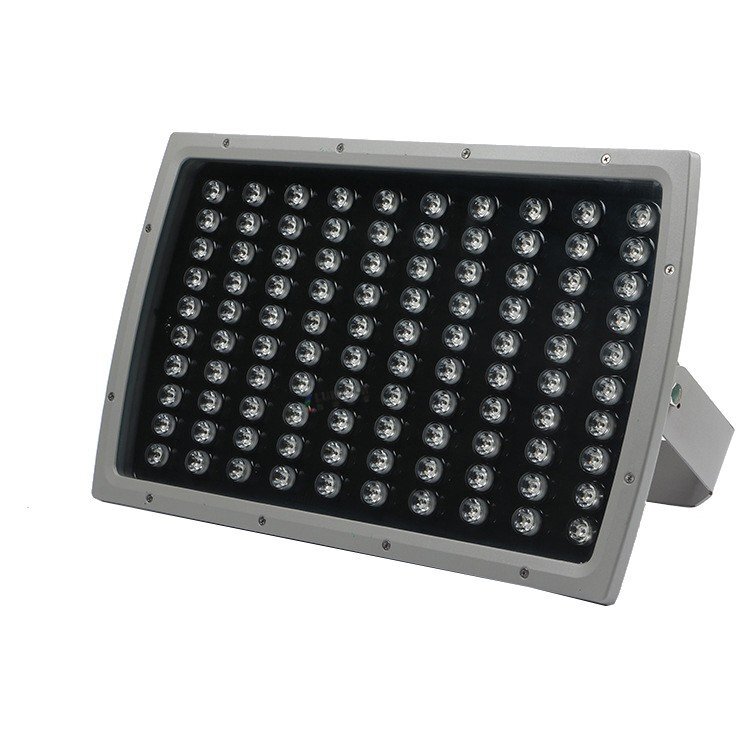
There are various kinds of explosion-proof LED floodlights available, including round and square shapes with differing power levels. In addition to floodlighting, they can also be utilized for wide-area illumination. Classes IIC, IIB, and IIA can all be chosen based on the design requirements for your specific location. It is personally recommended to purchase a better quality one because if the entire light doesn't illuminate, it can be quite troublesome to fix. Therefore, explosion-proof LED floodlights produced by regular manufacturers are widely used in industries and places like steel, electric power, metallurgy, petroleum, natural gas, chemical, railways, highways, coal mines, aerospace, public security, firefighting, ships, military, venues, and more.
Maintenance of explosion-proof LED floodlights requires the use of fuses, which are typically one-time use, with slow response times and poor effects. At the same time, they are also very inconvenient to use. Hence, fuses are not suitable for use in products like LEDs, and automatic recovery fuses are generally chosen instead.
Branch circuit maintenance: Typically, LED lights consist of many branches connected in series, similar to a 24-volt voltage. They can be connected through seven LED beads, and then a resistor is added. The current is usually from 17 mA to 19 mA; based on necessity, an integer multiple of 7 beads can form an entire lamp. This is something that you need to add in front of a branch junction. This method of maintenance is notable for its reliability and high precision.


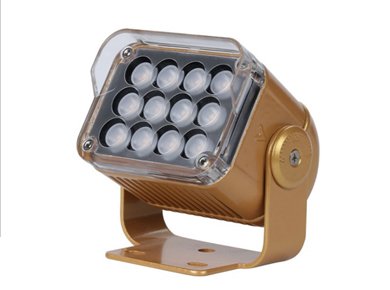 6W LED module spot light beam ...
6W LED module spot light beam ...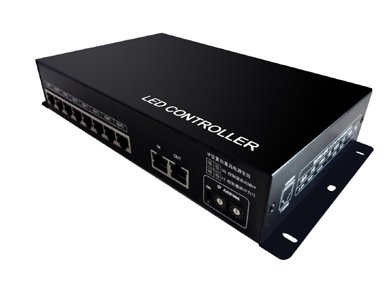 思域EN-402W 说明书 V1.0 (适用A1)
思域EN-402W 说明书 V1.0 (适用A1)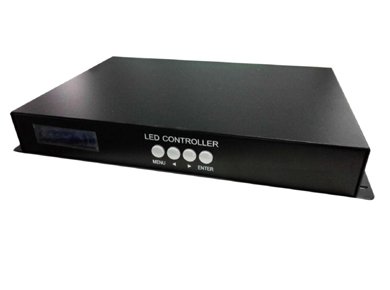 思域EN-508W 说明书 V1.0 (适用于A1)——PC ...
思域EN-508W 说明书 V1.0 (适用于A1)——PC ...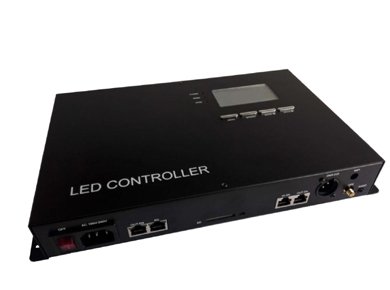 思域SN-500 说明书 V2.2 (适用B2, C2, C ...
思域SN-500 说明书 V2.2 (适用B2, C2, C ...